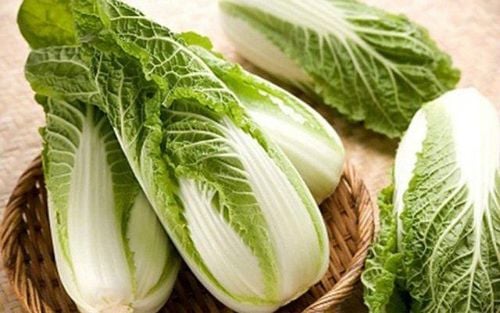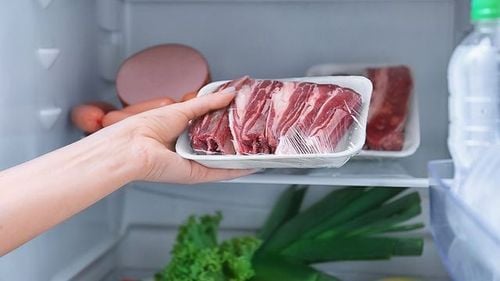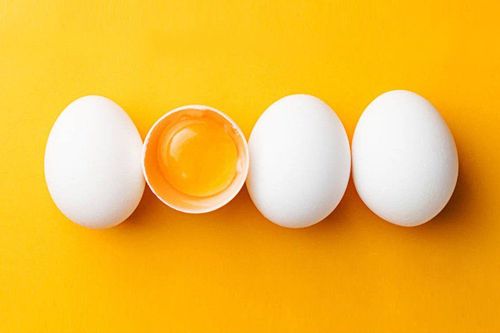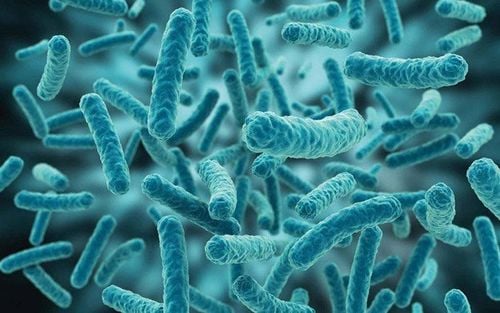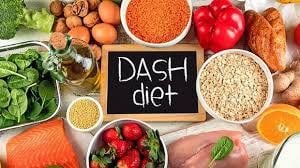This is an automatically translated article.
Freezing food makes for better storage, especially in terms of food quality such as food safety. However, the process of defrosting food for processing is not a small challenge. So, which method of defrosting is performed that is food safe and approved by the Food regulatory agencies.
1. Defrost food properly
Properly defrosting food is very important to keep food safe to use. According to Food and Drug Administration (FDA) law, the temperature of food should not exceed 4 degrees Celsius during defrosting. Processors must plan ahead for the right method of defrosting food.
2. What to do when defrosting food
2.1. Defrost food in the refrigerator
Thawing in the refrigerator will take longer to come out at room temperature.
Defrost using this method is the safest way to ensure that the food is still kept at about 4 degrees Celsius. For example, to defrost large pieces of frozen chicken with a weight of about 2 kg takes 24 hours to thaw. perform.
However, when defrosting in the refrigerator, care should be taken to place the defrosted food in the last drawer to avoid water from leaking onto other foods.
2.2. Change the defrost method dynamically
Defrosting in the refrigerator takes a long time, so it will take a long time if you change the meal plan.
Certain foods such as ground beef, casseroles, and poultry can be kept in the refrigerator for 1 to 2 days, or steaks and pork chops can be stored in the refrigerator for 3 to 5 days. . With any safe defrosting method, food should be cooked immediately.
In case, the food just taken out is still frozen, and you change your mind that you don't want to cook it anymore, you can put it right back in the freezer to continue freezing.

Tùy từng loại thực phẩm để thay đổi linh hoạt cách rã đông
2.3. Always check the temperature of the refrigerator
Refrigerator temperature affects the quality of the food stored in it. To ensure that the storage process is at the required temperature, it is necessary to regularly check the temperature of the refrigerator with a cooling temperature of 4 degrees Celsius to below 0 degrees Celsius. The lower the refrigerator temperature is set, the longer the time. Defrosting food takes more time.
2.4. Defrost food in cold water
This method will save time and be faster than defrosting in the refrigerator. However, it is a bit manual and a bit laborious.
To perform this method, you just need to fill the tub with cold water and can directly put the package of frozen food in to defrost. If foods are not wrapped in sealed bags, place them in an airtight bag and defrost directly in cold water. Change the water every 30 minutes until the food is completely thawed. With this method, within 1 hour, 0.5 kg of meat will be completely defrosted.
2.5. Defrost food in the microwave
You can use the microwave oven to defrost frozen food. Although this is a safe method, it is not the most popular method. Because it's not always possible to completely thaw food. However, this method is quite useful for pre-prepared foods such as ground meat.
2.6. Using a Quick Cooker or Pressure Cooker A pressure cooker or quick cooker heats frozen foods quickly in a short time. Thus, the meat will not be prolonged defrosting nor will there be time for microorganisms to penetrate and grow to destroy the nutrients in the meat. Food thawed by this method is quite safe for users.
2.7. Cook food without defrosting
You may not need to defrost frozen foods such as ready-to-cook meats. If it takes 30 minutes to cook chicken that has been defrosted, it will take about 45 minutes to cook whole chicken that has not been defrosted. Or with similar frozen vegetables, you can cook them directly without defrosting.
3. Do not do when defrosting food
3.1. Defrost foods at room temperature When you want to defrost foods such as chicken, freeze them in the refrigerator by leaving them out at room temperature. Only then will this food be used to prepare meals. This can make food worse both in terms of quality as well as safety for users. Because any food is frozen and when thawed at room temperature for a period of more than 2 hours, the food is very susceptible to bacterial contamination and it is also a favorable environment for microorganisms. penetration and development. When this happens, the quality of the food decreases along with the safety of the food for human consumption. May cause food poisoning cases due to microbial contamination.
Most foods such as raw meat, poultry, eggs, if defrosted not at a safe temperature, it will lose quality and is a good environment for microorganisms to invade.
3.2. Partially Frozen Product
The outside of the frozen food usually thaws first than the center of the food. This means that these thaws are the danger zone and the first place for microorganisms to enter even if other sites are still frozen.
3.3. Do not defrost food in hot water
Hot water can help defrost food faster. But with such a high temperature, it not only affects the quality of the defrosted food, but it is also a risk that bacteria start to grow and destroy the nutritional composition of the food.

Không nên rã đông thực phẩm bằng nước nóng
3.4. Do not defrost food in places such as dishwashers, basements, porches
You should not defrost foods in places such as dishwashers, garages, basements, porches, even in the case outside the temperature is low and very cold.
3.5. Do not defrost food in the slow cooker The slow cooker should not be used to defrost frozen food, especially meat. Because then, it will cook some or all of the meat that needs to be defrosted. In addition, using the slow cooker to cook frozen meats will prolong the defrosting time, allowing the meat to linger for too long with microbial growth before the meat is fully cooked. This can lead to unsafety for the person using this dish.
Vinmec International General Hospital with a system of modern facilities, medical equipment and a team of experts and doctors with many years of experience in medical examination and treatment, patients can rest assured to visit. examination and treatment at the Hospital.
To register for examination and treatment at Vinmec International General Hospital, you can contact Vinmec Health System nationwide, or register online HERE.
Reference sources: webmd.com, webmd.com
SEE MORE
How to keep food safe and hygienic 10 things to do to avoid poisoning How to store food scientifically and safely




